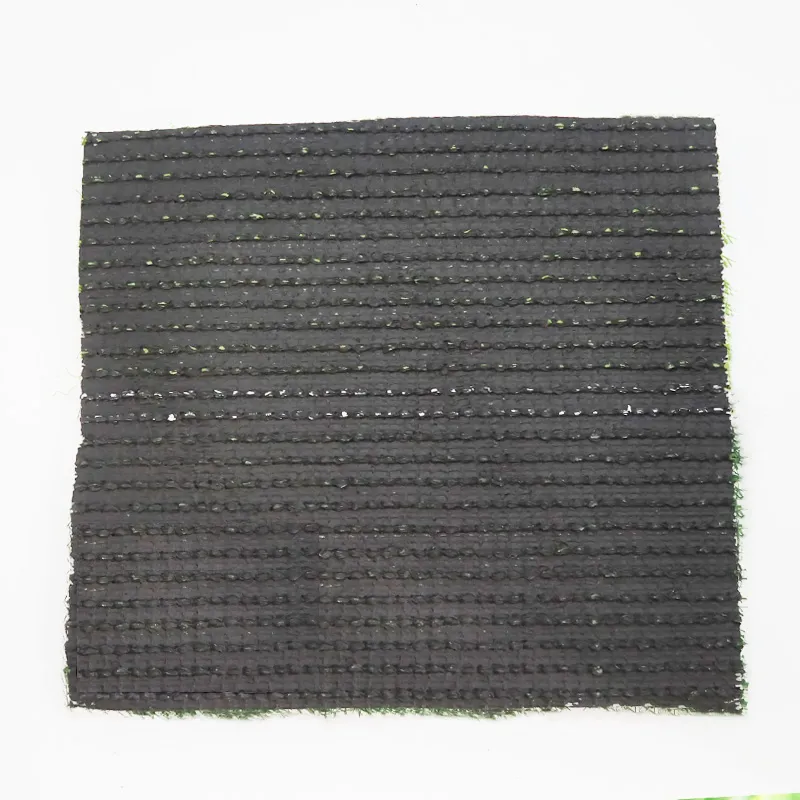
- Afrikaans
- Arabic
- Belarusian
- Bengali
- Czech
- Danish
- Dutch
- English
- Esperanto
- Estonian
- Finnish
- French
- German
- Greek
- Hindi
- Hungarian
- Icelandic
- Indonesian
- irish
- Italian
- Japanese
- kazakh
- Rwandese
- Korean
- Kyrgyz
- Lao
- Latin
- Latvian
- Malay
- Mongolian
- Myanmar
- Norwegian
- Persian
- Polish
- Portuguese
- Romanian
- Russian
- Serbian
- Spanish
- Swedish
- Tagalog
- Tajik
- Thai
- Turkish
- Turkmen
- Ukrainian
- Urdu
- Uighur
- Uzbek
- Vietnamese
Optimizing Turf Growth Efficiency per Square Meter for Better Landscaping Results
Nov . 09, 2024 18:17 Back to list
Understanding Turf Optimal Coverage per Square Meter
When it comes to landscaping, few elements are more visually appealing and versatile than turf. Turf—whether natural or artificial—can dramatically transform a space, providing beauty, functionality, and comfort. As a crucial factor in landscaping, understanding the coverage of turf per square meter is essential for anyone looking to create or maintain green spaces. This article will delve into the significance of turf coverage, the benefits of proper installation, and tips for achieving an optimal turf layout.
What is Turf Coverage per Square Meter?
Turf coverage refers to the amount of land that a specific type of turf can effectively cover. When planning a landscaping project, knowing the turf per m2 helps in estimating the quantity of turf required to achieve full ground coverage. This measurement is vital for both natural grass lawns and artificial turf installations.
For instance, when purchasing natural sod, the standard sizes usually come in rolls or slabs. Each roll typically covers about 0.9 square meters (or 10 square feet) depending on the variety. Understanding this measurement allows homeowners and landscape professionals to calculate how many rolls will be needed to achieve a desired coverage area. Similarly, artificial turf comes in various widths and requires specific calculations based on the square meterage needed.
Benefits of Accurate Turf Coverage
Proper turf coverage ensures several benefits. Firstly, achieving the right density promotes a healthier lawn. Insufficient coverage can lead to bare patches, which may attract pests and diseases. Conversely, excessive overlap can result in wasted material and increased costs. Accurate turf measurement contributes to a lush and thriving green space while maintaining budget efficiency.
Furthermore, the aesthetic appeal of a landscape is largely influenced by the lushness of the turf. A well-covered lawn offers visual uniformity, enhancing the overall beauty of a property. When planning outdoor activities, such as gardening or hosting gatherings, a full turf coverage allows for comfortable and appealing outdoor experiences.
Calculating Turf Needs
turf per m2

To determine the amount of turf required for a project, one can follow a straightforward formula. Start by measuring the area of the space in square meters. Then, based on the turf type and its coverage rate, calculate how many rolls or slabs are necessary. Always consider buying slightly extra turf to accommodate mistakes or adjustments during installation.
For example, if you are laying turf on a 50 square meter area and each roll covers approximately 0.9 square meters, you would require about 56 rolls. However, it is a good practice to add around 10% extra to cater to cutting and fitting needs, bringing the total to approximately 62 rolls.
Preparing for Turf Installation
To install turf effectively, preparation of the landscape is crucial. Start by clearing the area of debris, weeds, and any existing grass. This paves the way for optimal soil conditions necessary for growth. If working with natural sod, ensure good soil quality by enriching it with compost or fertilizer as needed.
Next, ensure the ground is level to promote proper drainage, preventing water pooling that can result in fungal diseases. Leveling the soil not only enhances the aesthetic appeal but also safeguards the health of the turf.
Maintenance of Turf for Longevity
Once your turf is installed, regular maintenance is key to longevity. For natural grass, this involves adequate watering, mowing, and fertilization, along with occasional pest control. Artificial turf requires a different type of maintenance, such as brushing and rinsing to remove debris, as well as periodic infill replenishment to maintain its appearance and cushioning.
Conclusion
Understanding turf coverage per square meter is essential for anyone embarking on a landscaping project. By grasping the importance of accurate measurements, you can ensure that your turf thrives, enhancing the beauty and functionality of your outdoor space. With careful planning, installations, and ongoing maintenance, both natural and artificial turf can provide lasting benefits, creating vibrant green environments that stand the test of time. Whether you're enhancing your home’s curb appeal or creating an oasis in your backyard, the right turf coverage can make all the difference.
-
The Benefits of Artificial Turf for Indoors
NewsJul.15,2025
-
How Artificial Grass Suppliers Ensure Quality Products
NewsJul.15,2025
-
Artificial Grass and Pets: A Space for Relaxation
NewsJul.08,2025
-
Balcony & Outdoor Decoration with Artificial Grass
NewsJul.08,2025
-
Best Indoor Artificial Grass for Home
NewsJul.07,2025
-
Best Pet Turf for Dogs: Safe & Durable Artificial Grass Options
NewsJul.07,2025
Products categories









